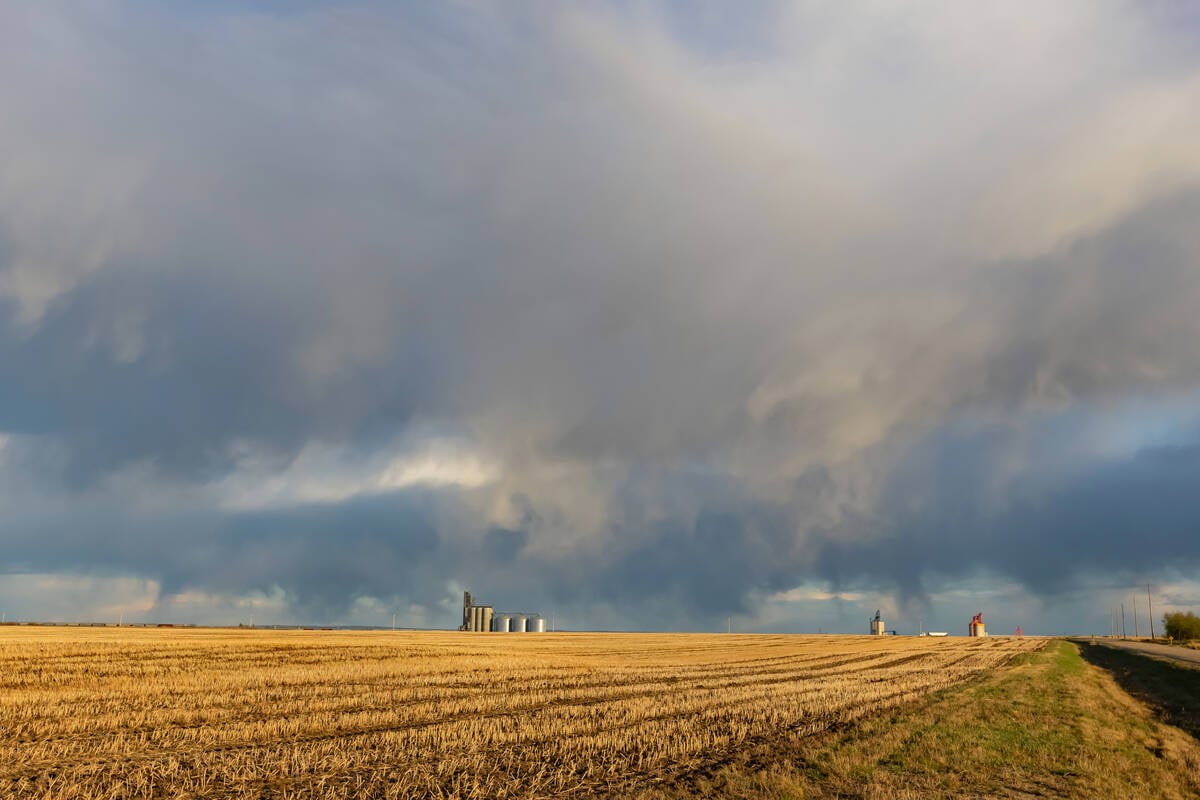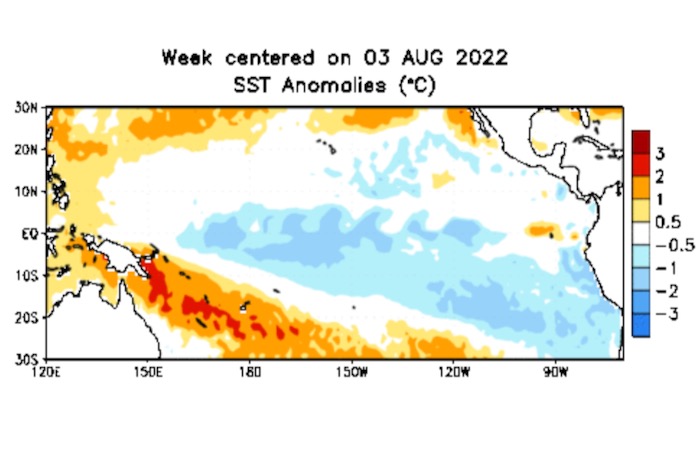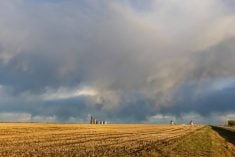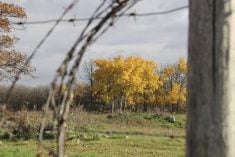Reuters — Chances for La Niña are expected to gradually decrease from 86 per cent in the coming season to 60 per cent during December to February in 2022-23, a U.S. government weather forecaster said on Thursday.
The La Niña weather pattern is characterized by unusually cold temperatures in the equatorial Pacific Ocean.
According to Environment Canada, La Niña winters are often associated with below-normal temperatures on the Prairies and above-average precipitation in British Columbia, Ontario and Quebec.
The U.S., meanwhile, is known to see drier conditions in both its Pacific and southeastern regions during La Niña winters.
Read Also

Prairie forecast: Active pattern continues with mostly-dry west, wet start for east
The active pattern that we saw last week looks to continue into this forecast period which means more chances for rain, possibly some wet snow and a continuation of the temperature rollercoaster ride.
“While a majority of NMME models suggest that La Niña will transition to ENSO-neutral in January-March 2023, forecasters are split on this outcome resulting in equal forecast probabilities for that season,” the U.S. National Weather Service’s Climate Prediction Center said Thursday.
El Nino-Southern Oscillation (ENSO)-neutral conditions refer to periods in which neither El Nino nor La Niña is present, often coinciding with the transition between the two weather patterns, according to the centre.
— Reporting for Reuters by Kavya Guduru in Bangalore. Includes files from Glacier FarmMedia Network staff.










